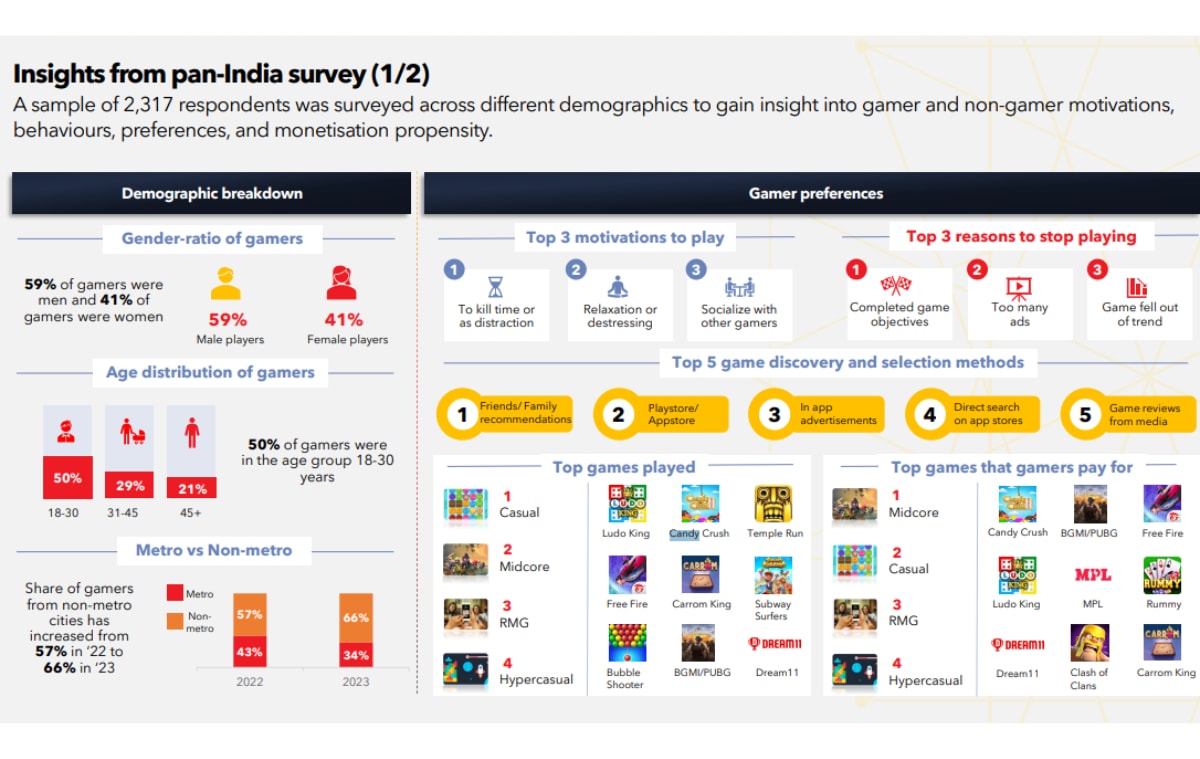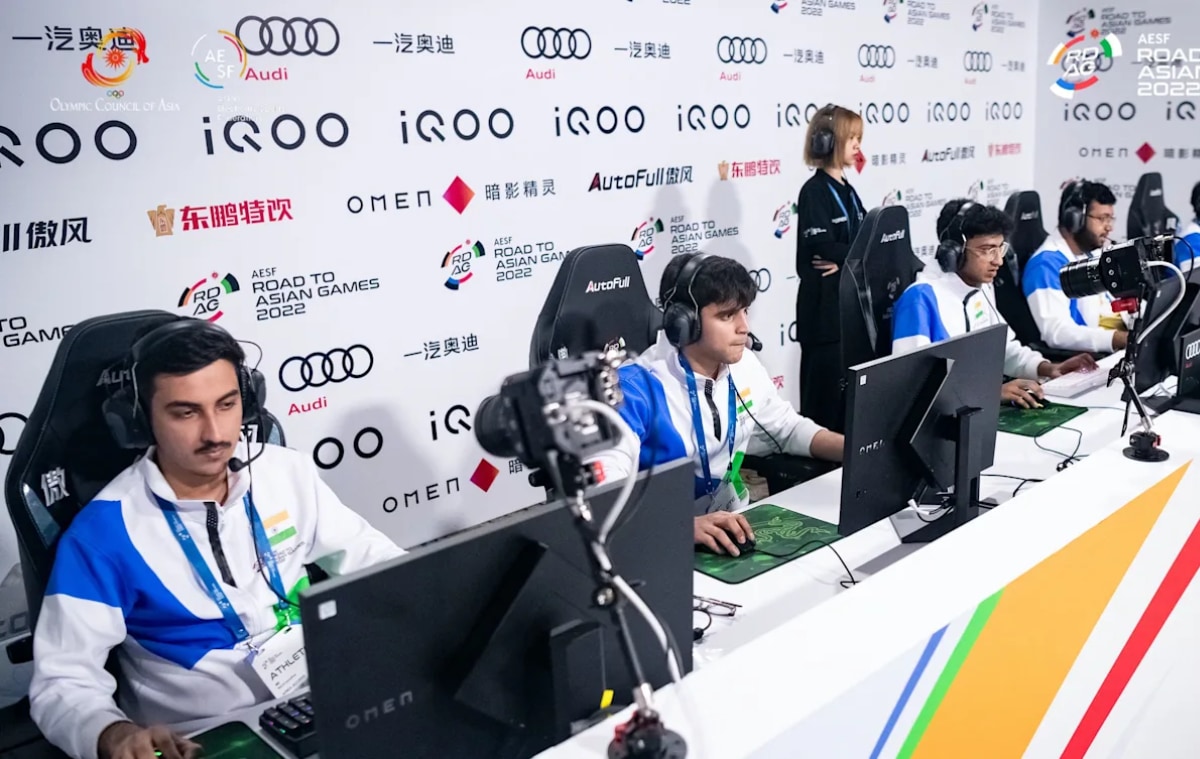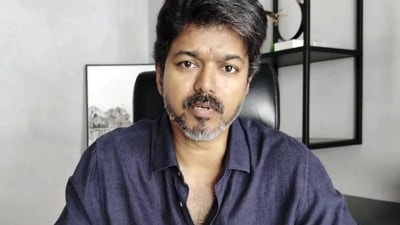41% Indian gamers are women, 66% from non-metros, says Google-backed study
“When I tell people that I play action and war games, they act surprised. As if I can only play Candy Crush or Subway Surfer!”
 Women gamers have become more common, finds a recent study. But they need more than tokenism to break through.
Women gamers have become more common, finds a recent study. But they need more than tokenism to break through.In November, a report titled ‘State of India Gaming Report’ was published by venture capital firm Lumikai with Google. Surveying 2317 respondents—a microcosm of India’s mobile gamers—they had found compelling insights into their behaviour. However, the report largely flew under the radar. We explore its findings today, the most surprising perhaps that 41% of Indian gamers were found to be women.
This number presents a fascinating shift in what is regarded as a male-dominated pastime. The study also showed that non-metro cities were swiftly taking to this hobby, making up 66% of all mobile gamers, an increase from last year’s 57%. The total count of Indian gamers was 568 million, claimed Lumikai.
View this post on Instagram
Zerah Gonsalves Gulati, an e-sports veteran and former TV presenter, found the gender stats encouraging. “I’ve witnessed firsthand the increasing presence of women in gaming, both as players and professionals…these statistics reflect growing recognition of the diverse interests and talents that women bring to the gaming community”, she tells The Indian Express.
However, challenges persist in the form of reductive stereotypes, harassment and unequal opportunities. One of these is the lower access to smartphones for women.
Most of Lumikai’s respondents stated that they would play mobile games to distract themselves, relax, or socialise. Casual games like Ludo King, Candy Crush and Temple Run were most popular. But naturally, those without personal devices would not be able to enjoy these light moments. A 2023 GSMA report found that Indian women were 40% less likely to have access to mobile Internet as compared to men.
 Snapshot from ‘The State of India Gaming’ (2023) by Lumikai in collaboration with Google.
Snapshot from ‘The State of India Gaming’ (2023) by Lumikai in collaboration with Google.
Gonsalves, who is also an advisor at the eGamers and Players Welfare Association (EPWA), expressed her concerns in this regard. “It’s crucial for stakeholders to continue promoting inclusivity and empower underrepresented groups, ensuring that gaming remains a welcoming space for all, regardless of gender, background, or location,” she said.
Speaking about the gaming culture in non-metro cities, Arunav, an architecture student from Ranchi, shared how his peer group plays mobile and PC games while live-streaming their gameplay. “We barely have decent gaming cafes in Ranchi where people could go and play. Most of us prefer having our own (gaming) setups at home.” These games are usually circulated via pen drives and hard disks, he added.
Arunav also expressed his surprise at Lumikai’s gender findings. “Most of the gamers I knew were boys. We did have a couple of female gamers in our circle, but they were not as active.”
Promising gender ratio yet to reach e-sports
E-sports holds a large following on Twitch and YouTube, and became a medal event at the Hangzhou Asiads last year. It was also recognised by India as a ‘multisports event’ in 2022, lending the hobby some legitimacy after a decade of favour in school and college fests. Despite this, female participation remains low.
At Delhi University’s new e-sports society ‘Arcade’—which has members from various campuses—most players come from non-metro cities, and the gender divide is a normalised reality, feels president Ishwar Yadav. “E-sports is a male-dominated field. In our team of 30 members, we hardly have eight girls,” he says. Ishwar spent his childhood in Uttar Pradesh’s Mainpuri district, and was inspired to take up e-sports after watching live streams by international gamers.
 India’s League of Legends e-sports team at the Asian Games. (Image: Olympics.com via the Asian Electronic Sports Federation)
India’s League of Legends e-sports team at the Asian Games. (Image: Olympics.com via the Asian Electronic Sports Federation)
If we were to dissect Hangzhou, only 8 women were present among the 500 e-sports athletes. The 15-member Indian team did not have any women.
Casual sexism is to be blamed for this, feels Shreya Dwivedi, a student at Hansraj College. However, she found the report to be positive overall. “I am one of the women gamers. I play Free Fire and other battleground games, and was very happy to see the statistics. When I tell people that I play action and war games, they act surprised, as if I can only play Candy Crush or Subway Surfer.”
Indians gaming for 10-12 hrs per week
In behavioural findings, Lumikai claimed that the average time spent (ATS) on gaming per week has increased by 20%, from 9-11 hours per user per week in the last FY to 10-12 hours in FY23. In genres, people spent most time (4.7 hours) on real-money games, followed by 3.9 hours on PC and console games, and 3.8 hours on mid-core (requiring light strategy) games like Call of Duty and BGMI.
“There are benefits attached to gaming as well, but prolonged exposure can lead to side effects such as anxiety, mood swings and violent behaviour,” says Dr (Prof) R. K. Suri, a Delhi-based clinical psychologist. Dr Suri says he observed a surge in mental health issues tied to prolonged screen use and gaming during the COVID-19 lockdown, and numbers are yet to go down.
 Anxiety can be a side-effect of increased screen time from gaming.
Anxiety can be a side-effect of increased screen time from gaming.
He also expressed his dismay at the rise of real-money mobile games. “Akin to investing in the share market, the thrill associated with earning money from games has addictive abilities which cause irritation, anger issues and anxiety among the youth.”
Economic findings of note
The ‘State of India Gaming Report’ also offered the following takeaways on the industry at large:
> India is second to China for total mobile game downloads, at 15.4 billion.
> India’s gaming industry has a market cap of $3.1 billion and is projected to touch a market cap of $7.5 billion by FY28.
> 50% of Indian gamers are aged 18-30, with a male-to-female ratio of roughly 60:40.
> Out of 568 million gamers, 140 million (about 25%) pay for games or in-app purchases, preferring UPI as the payment mode (62%).
> Real-money games (RMGs) experienced a $500 million revenue increase in FY23. The sector is projected to reach $2.4 billion by 2028, despite the new taxation policies.
Lumikai’s report implies both worrying habits and a promising economic future for the multi-billion dollar Indian gaming industry. The wider inclusion of women—beyond tokenism, without chauvinism—could open up new avenues for gaming, which largely remains a boys club.
The author is our Puzzles Intern and a student of Hansraj College.



- 01
- 02
- 03
- 04
- 05




























